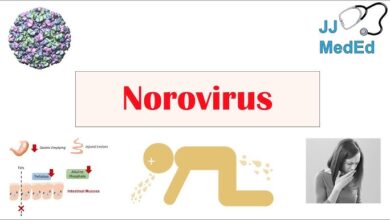Understanding and Treating Fungal Dermal Infections

Fungal dermal infections, also known as derma to mycoses, are a common skin condition caused by microscopic fungi. These fungi thrive in warm, moist environments and can infect various areas of the skin, including the scalp, feet, groin, and nails. Click http://www.victoriandermalgroup.com.au/ for more information on skin treatments. While generally not life-threatening, they can be itchy, uncomfortable, and unsightly. Here’s a breakdown of why these infections occur and how to deal with them effectively.
Why Fungal Infections Happen?
Compromised Skin Barrier:
A healthy skin barrier acts as your first line of defense against fungal invaders. However, factors like excessive sweating, tight clothing, minor cuts, or a weakened immune system can compromise this barrier and make you more susceptible to infection.
Medical Conditions:
Certain medical conditions like diabetes, obesity, or prolonged use of antibiotics can disrupt the skin’s natural balance of microorganisms, creating an environment conducive to fungal growth.
Skin Moisture:
Fungi thrive in moist environments. Keeping your skin damp for prolonged periods, like wearing sweaty clothes or shoes for extended durations, increases the risk of fungal infections.
Common Types of Fungal Dermal Infections:
Tinea Pedis (Athlete’s Foot):
This itchy, scaly rash typically affects the feet, particularly between the toes. The spread can be in toes and the side of the feet.
Tinea Cruris (Jock Itch):
This itchy, red rash appears in the groin area and inner thighs. It’s more common in men due to the warm, moist environment created by the groin anatomy.
Tinea Corporis (Ringworm):
This ring-shaped rash with raised borders commonly appears on the arms, legs, or torso. It can be itchy and scaly.
Tinea Capitis (Scalp Ringworm):
This contagious fungal infection causes itchy, scaly patches on the scalp, sometimes leading to hair loss.
How to Deal with Fungal Infections:
Antifungal Medications:
The mainstay of treatment for fungal dermal infections is topical antifungal creams, lotions, or sprays. These medications work by disrupting the fungal cell wall, killing the fungus.
Over-the-Counter Options:
Many effective antifungal medications are available over-the-counter. However, if the infection is severe, persistent, or spreads, it’s crucial to consult a doctor for diagnosis and appropriate treatment.
Hygiene Practices:
Maintaining good hygiene is essential for preventing and managing fungal infections. Keep your skin clean and dry, especially in areas prone to moisture build-up. Wash the affected area with warm water and a gentle soap, and dry it thoroughly before applying medication.
Lifestyle Modifications:
The loose fitting close that is breathable will reduce moisture build up and allow skin to breathe. Change out of sweaty clothes promptly and avoid sharing towels or personal items.
Strengthen Immune System:
A healthy immune system is better equipped to fight off infections, including fungal infections. Maintain a balanced diet, get enough sleep, and manage stress levels to support your immune system’s function.
Conclusion:
Fungal dermal infections are a common but treatable concern. By understanding the risk factors, recognizing the symptoms, and following proper hygiene and treatment protocols, you can effectively combat these itchy invaders and restore the health of your skin. If symptoms persist or worsen, don’t hesitate to consult a healthcare professional for personalized guidance and treatment.



